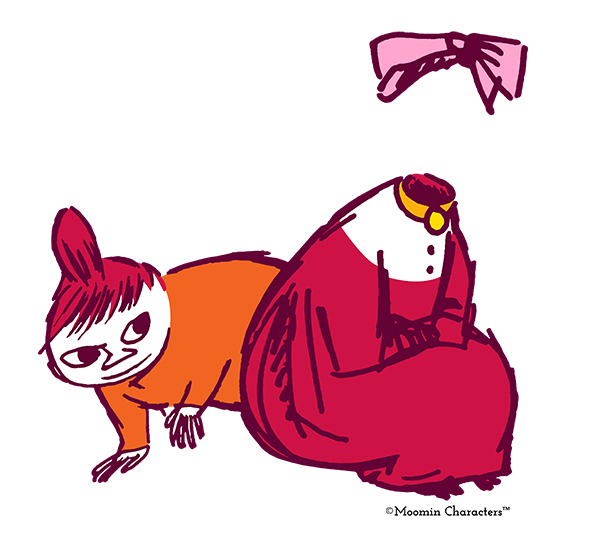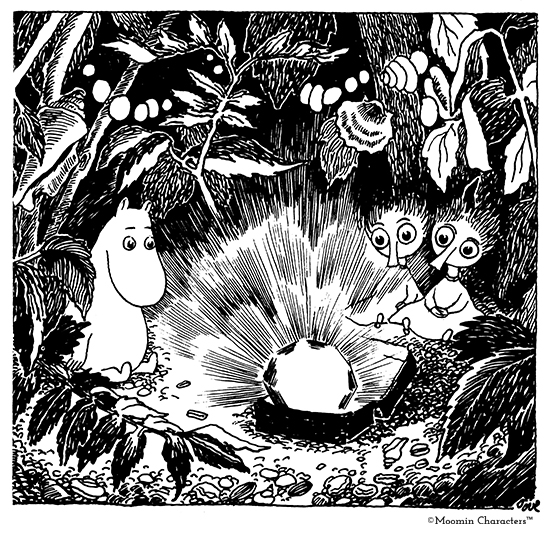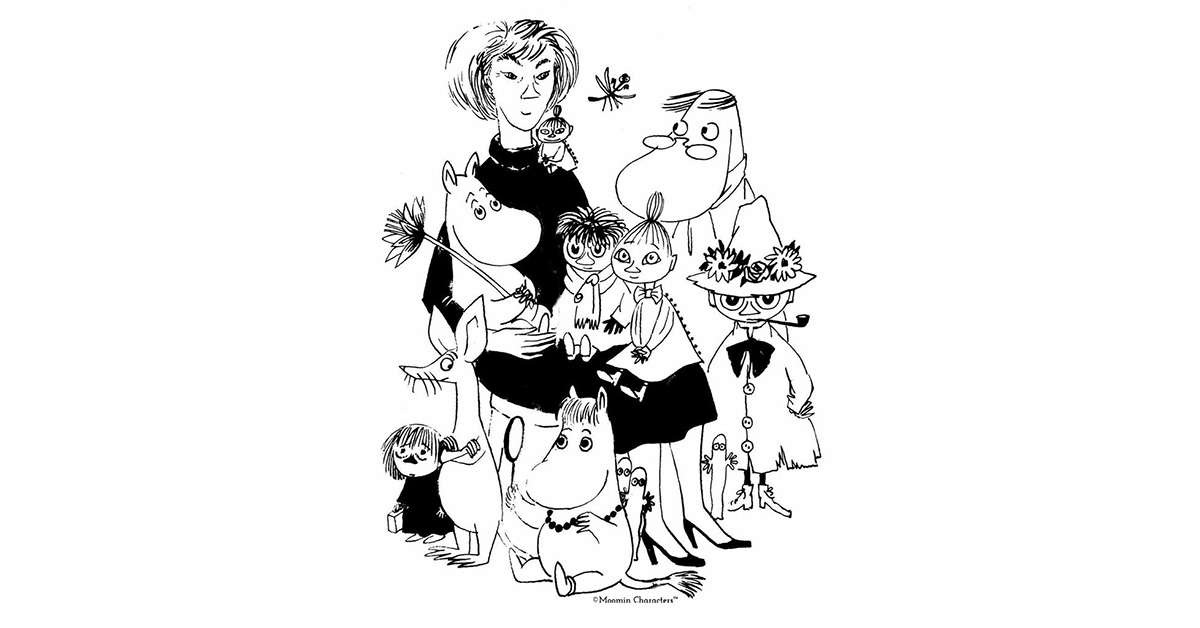As Finland celebrates Equality Day on March 19th in honor of author Minna Canth, we have a great opportunity to reflect on how equality is seen in the life and art of the Moomin creator Tove Jansson. Minna Canth (1844-1897) was a Finnish novelist and a social activist who fought for women’s rights. Her life work has greatly influenced Finland’s development as a pioneer in equality and education.
The values of the Moomin stories rise from the world Tove Jansson lived in. Tove Jansson (1914-2001) represented the first generation of women in Finland who had the right to vote, Finland being the third country in the world and the first in Europe giving women the right to vote. Finland is still regarded as a pioneering country for equality. Moomin Characters Ltd, the Finnish family company founded by Tove and her brother Lars Jansson, strives to raise awareness of equality issues and other important values highlighted by Tove Jansson in her Moomin books.

In honor of the International Women’s Day, Moomin Characters donated 300,000 euros top the British organization Oxfam to help women and girls around the world fight inequality and escape poverty for good. With the Invisible Child campaign, Moomin Characters wanted to support Oxfam’s work fighting extreme poverty and suffering around the world. Since the majority of people living in poverty are women, the rights of women and girls were at the heart of the campaign.
The short story The Invisible Child was originally published in the collection Tales from Moominvalley already in 1962 and was now published as a standalone title for the first time. The Invisible Child is the story of a little girl who becomes invisible after being badly treated by the woman supposedly caring for her. She is given a place to stay in the Moominhouse and, when shown warmth, kindness, and respect by the Moomin family, she gradually reappears and regains her place in the world – a right that every woman and girl should have.
Tove Jansson chose her own path
In Jansson’s own life and in the Moomin stories, equality and tolerance go hand in hand. Despite your gender, race, religion, or sexuality, everyone deserves to be heard and appreciated. The ability to choose your own paths, as well as individual freedom, were personally important values for Tove Jansson, which she also wanted to highlight in her Moomin books and comics.

Homosexuality was illegal in Finland until 1971, but in spite of that, Tove Jansson lived together with her life partner Tuulikki “Tooti” Pietilä from 1955 until the end of her life. Too-ticky, the character who made her first appearance in the Moomin book Moominland Midwinter (1957), was inspired by Pietilä.
In 1992, Jansson and Pietilä was the first couple in Finland representing the same gender at the Independence Day reception at Presidential Palace. Since then, other same-sex couples have also been seen at the reception on Independence Day in Finland.

Before Pietilä, Jansson had a relationship with a woman named Vivica Bandler. The characters Thingumy and Bob from the third Moomin story Finn Family Moomintroll were inspired by Tove and Vivica. According to a number of interpretations, the code language of the characters presumably depicts their secret of illegal homosexuality while the King’s Ruby they carry symbols their love.
“Although Tove wrote the Moomin books mostly for children, she also managed to describe the world of her own time for adults, too. She challenged general assumptions about how women should live at that time by living an independent life and making choices in her own way”, Tove Jansson’s niece Sophia Jansson said.
Photos: Moomin Characters
Read more:
Nature through the eyes of the Moomins – always respecting wilderness
Friendship and Love – a central message of Tove Jansson’s work
